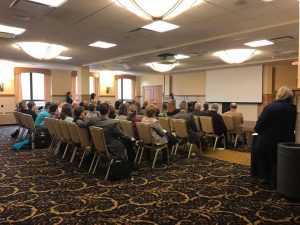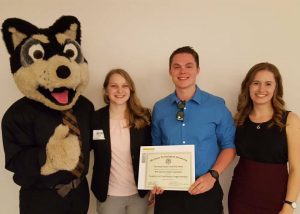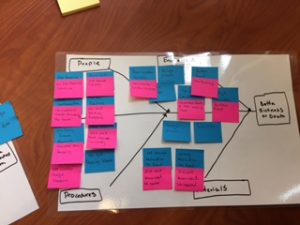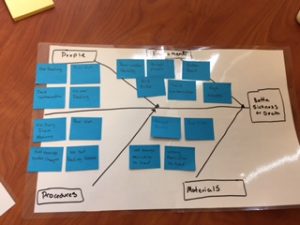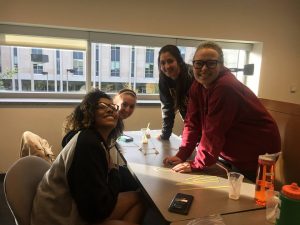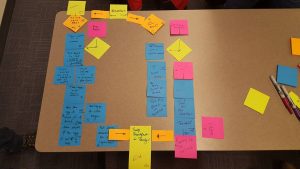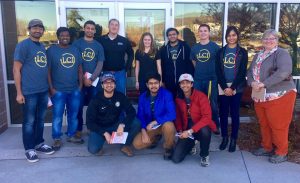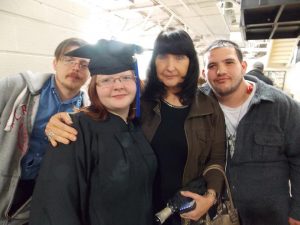Hi Everyone,
My name is Arianna Laiho, or Ari, and I have recently completed my training to become the newest Student Process Improvement Coordinator here in the Office of Continuous Improvement.
I was born in Midland, Michigan and spent large parts of my life living in Switzerland and most recently California, where I graduated from Clayton Valley Charter High School in 2015. I decided from there to attend Michigan Tech, my dad’s Alma Mater, initially as a Chemical Engineering student but my passions redirected me and eventually led me to switching majors to Biomedical Engineering last fall.
When I am not on campus, I spend a large portion of my time at Mont Ripley as a Ski and Snowboard Instructor and Ski Patroller in the winter or enjoying the local mountain bike trails when the weather permits. I also enjoy playing Trumpet in the Pep Band, and Jazz Band when my schedule allows.
I ended up applying for this position through a recommendation from one of the Facilitators and another PIC, without really knowing what I was getting into I jumped right in and realized pretty quickly that although I was unfamiliar with the terms being given to different Lean practices I was somewhat familiar with the principles. Without realizing it, I had spent my childhood surrounded by lean thinking and processes because of my dad who I recently discovered has been a Six Sigma Black Belt since 2002. This has not eliminated all the confusion of taking on Lean but I have so far enjoyed the on-boarding process and am looking forward to jumping into events in the next week or so here!
-Ari



